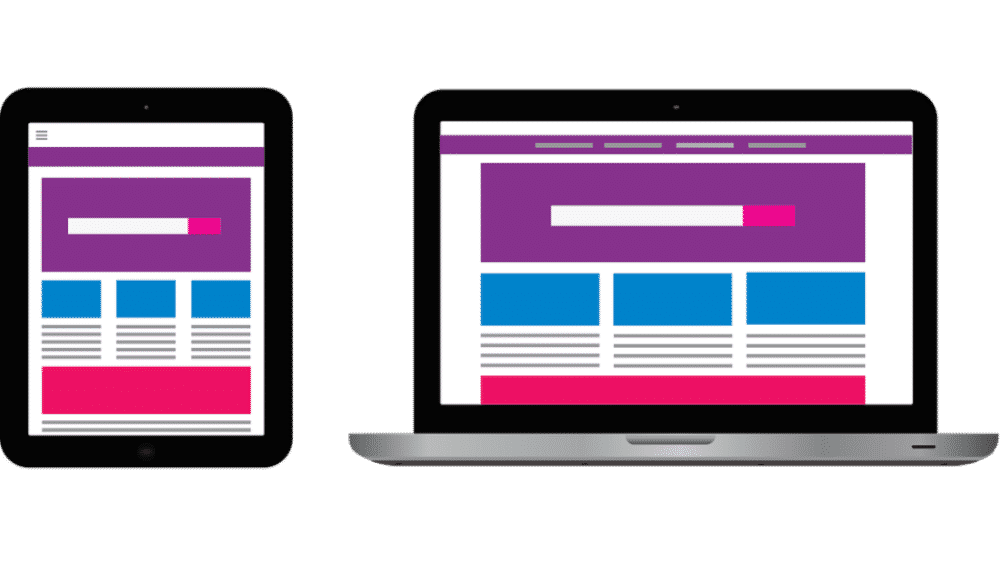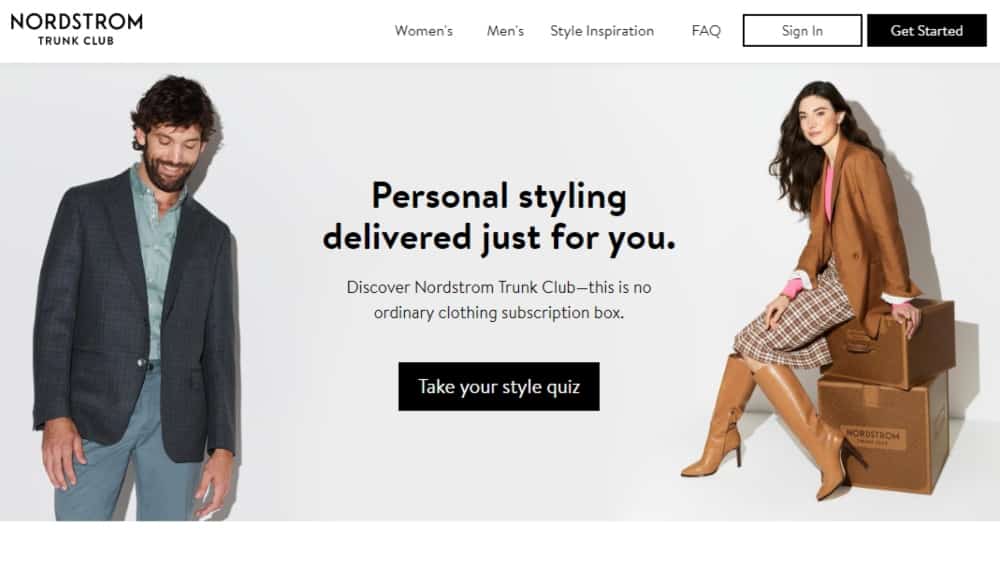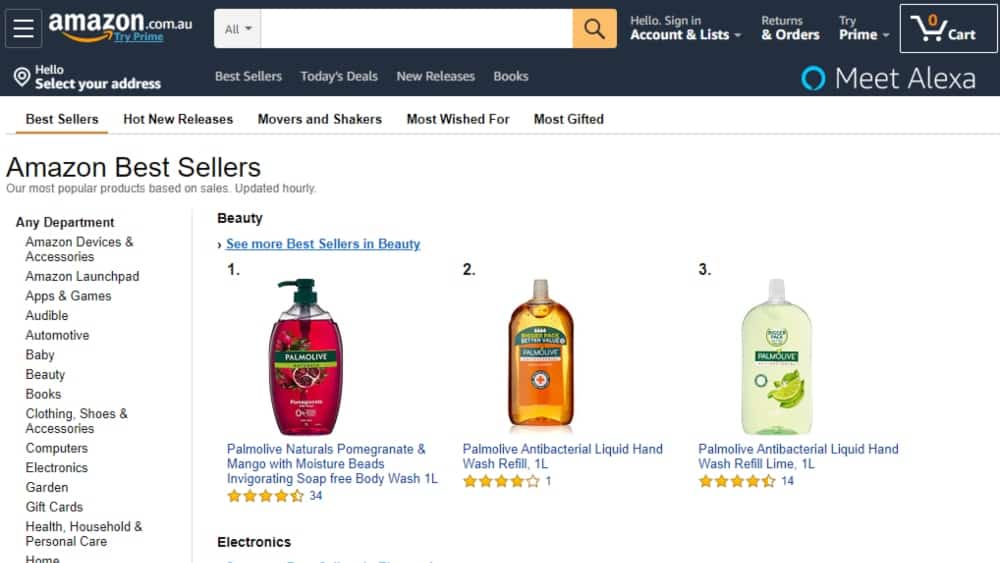This article has been contributed by Manish Dudharejia.
How many websites do you visit on an average day? With millions of options for nearly every search query imaginable, you could easily spend hours perusing through dozens of sites that offer the same information. It takes a lot to make a website stand out and connect with consumers.

If you’re designing a website, one of your top goals should be to optimize it for long-lasting relationships. You don’t want users to drop by for a second and then bounce away, never to come back. You want them to find something that makes them linger on your site, then return again and again.
The loyalty of a few customers over time is worth more than dozens of new customers’ attention. Here are seven big tips that will make your website unique and reliable. Follow these guidelines and you’ll stand a better chance at building relationships with consumers that last for years, instead of milliseconds.
1. Design Your Online Business Around a Specific Niche
Niche audiences are extremely powerful and profitable if you are able to connect with them. For instance, if you’re building a site about travel, try using a keyword planner like Ubersuggest, to hunt down more specific phrases related to your focus keyword. You might decide that your niche lies in “budget travel for college students” or “romantic getaways for couples” rather than just “travel.”
Once you’ve chosen your niche market for your website, find a way to blend it with a business idea via design. The more customized your website is, the more closely it will align with your specific area. For example, budget travel websites would benefit from having tabs on finances and links to hostels on the homepage. A romantic getaway site should have a more nuanced tone and image, with beautiful pictures of beaches and incandescent happy couples.
The moment someone lands on a webpage, they need to know exactly what that site is about. That’s why generic web designs are often powerless – they don’t grab the reader’s attention and make their purpose known right away. Through all the design elements, site functionalities and content, centralize your website around your niche. Make sure to constantly sharpen your skills in web design (see our top UX/UI courses) to be able to provide the best and most up-to-date experiences always. It is important for every designer to keep up with the times.
2. Customize the Experience with Interactive Content
Pretty much every website focuses on content creation, but not every website goes above and beyond by using that content to build relationships with customers. For example, take a look at Trunk Club. Before showing its audience anything else, the site asks users to tell the brand about themselves in terms of wardrobe via a style quiz.
Image Source: Trunk Club
Even if your website isn’t highlighting a subscription service, you can learn more about your audience with interactive content for more pertinent marketing down the road. Show potential customers that you care about their individualized needs and that you’ll go the extra mile to give them tailored content, not just generic blog posts or advertisements.
One incredibly simple way to do this is through a quiz. Everyone loves to take a quiz, especially if it can steer them toward a product or article that will benefit them. Plus, it’s a form of content that’s easily shareable. Learn what you can from the quiz so you can produce even more interactive, helpful content in the future.
3. Incorporate Social Proof to Build Brand Communities
Regardless of your website’s industry or products, the strongest type of connection it can make with its audience is an emotional one. People trust brands based on gut instincts more than anything else. One way to build this emotional trust? Incorporate user-generated content (UGC) into the site’s design.
There are many ways to do this. Displaying Instagram photos, using quotes from reviews, or even embedding videos from customers can all impact the engagement level of the design of your site. However, this part of the process isn’t all up to you – it requires the help of your customers.
Unfortunately, many brands don’t encourage people to share user-generated content. Only 16 percent are providing specific directions on how to do so, but roughly 53 percent of consumers want to be told how to share their UGC, according to Business Wire.
Customer reviews are a great place to start with UGC. Keep in mind that many customers won’t leave a good review unless they are asked. Following a purchase or interaction, make it a point to reach out and ask for feedback.
Make it simple for users to review with easy prompts that encourage open ended answers. Something as simple as asking for the pros, cons, advice and/or recommendations to other customers will do. From here, you can pick out the best sentiment to add to your website. When users visit your site, they want to see honest, trust-building testimonials right away.
You can also feature UGC on your homepage and pull quotes from social media posts, images from a branded hashtag, and other places. For a great example of highlighting UGC, take a look at Old Navy’s homepage design.
Image Source: Old Navy
Featuring Instagram photos from real people, it’s a great display of brand and consumer ideas. Plus, users can immediately identify ways to get their own content featured with the #sayhi hashtag without digging through the contact page.
Consumers return repeatedly to websites where they feel they can learn and be heard by the company. Make your website an easy place to connect with other customers and ask questions about your products and brand.
4. Let Them Reach Out in Multiple Ways
In today’s digital age, most users don’t want to be redirected to a phone number or an email address when they reach your website. They want more immediate forms of communication with real people at the company.
According to a survey of American online consumers, roughly 68 percent engage in live chat on websites and another 63 percent prefer getting back to a website with live chat for a repeat purchase. It’s simple – consumers want convenience, and they build relationships with websites that offer it.
Live chat doesn’t need to be the only way people can get in contact with you via your website. Another smart idea is to offer links to your social media pages. Then, users can reach out on whatever platform they’re used to using, whether it’s Facebook or Instagram.
Above all else, consider what works best for your particular customer base on your website. Cater to their preferences when it comes to communication. This will build their confidence in both the brand and the website itself.
For example: Delta knows that customers like to reach out to airlines publicly via Twitter. Therefore, it has a link that says “Tweet Us” on the bottom of the homepage.
The brand continues to stay active on Twitter, since that’s where its customer base naturally communicates. What makes sense for one company might not for another, so consider your target audience and communication methods carefully.
5. Make Your Brand and Style Familiar to Returning Customers
Although it’s smart to change up text to avoid duplicate content and cover your bases, there’s no need to make your web design different on every page. As soon as a customer visits your company’s website, they should be able to identify its brand and style as something familiar. People like shopping with companies they know and trust, and that can only happen if your theme is consistent.
Your buttons and links on the website should also stay the same so that people aren’t forced to dig for things. Familiarity is key – you want your loyal customers to know right where they can find the information and products they’re looking for. They also need to be able to find basic things like their shopping cart, purchase records and categories.
For example, look at Amazon’s website design.
Image source: Amazon
No matter where in the world a consumer is searching for products, the setup is the same. A user feels familiar with the site regardless of where they are and what they’re looking for, as long as they’ve used it before. They know exactly where to find product images and descriptions, how to find reviews, where to access previous orders and how to make purchases on the site.
Although companies like to update their websites as they grow, the important thing is to keep the feel familiar. Customers enjoy shopping with brands they’ve come to know and love, so don’t damage your relationship with them by changing things up too much.
Take a look at Amazon’s homepage 8 years ago in 2012 – some superficial changes have been made, but the structure and main design elements remain the same.
Image source: Sarah Lynn Design
6. Make Your Website Mobile-Friendly
If you want to establish a long-term relationship with your customers, you need to optimize for mobile devices. This probably comes as no surprise, but it’s an essential step in meeting your customers’ needs and desires. According to Infront Webworks, 72 percent of people want more mobile-friendly websites, and most are more likely to stay engaged if your site is already optimized for cell phones.
When a consumer isn’t at home and needs to look up something online, they should find your website just as easy to use as they do when they’re on a desktop. If not, you’re harming a relationship with a potentially loyal client and essentially encouraging them to turn to your competitors. According to BrightEdge, about 69 percent of smartphone users say they’re more likely to buy from companies with mobile sites that easily address their questions or concerns. This allows them to get the information they need on the go, and that’s an invaluable benefit.
Not only does the site need to work seamlessly on mobile devices, it needs to work quickly. See here for some fast web hosting providers. Most consumers will immediately exit out of a mobile site that doesn’t have a fast loading time, which becomes another ding in your relationship with a potentially faithful customer.
Not sure if your site is mobile-friendly? Use Google’s Mobile-Friendly Test to find out. Once you know where your issues are, you can make your desktop and mobile sites more appealing to repeat customers.
7. Personalize the Website for Each Visitor
Nothing makes your customer feel more valued than a site layout that accommodates their preferences. A consumer will come back time and time again for a website that offers them individualized incentives, coupons, special offers and other personal touches. After all, we all prefer the comfort of a worn-in pair of shoes rather than pinchy new ones.
Your web design can play a part in this personalization. First things first: don’t just display your most popular products. Design your site so that it highlights the popular products that are most relevant to that specific user.
Amazon has been the gold standard of this practice for years. As soon as you log in, you see a selection of the products the site thinks you will like based on previous online behavior.
With tools like Monetate and Dynamic Yield, you can personalize a consumer’s experience by showing them things like past purchases, views and product recommendations. This will help people keep track of the products they were interested in and encourage them to come back to purchase those items they eyed. Even if they forgot what they were originally interested in, the website will remind them.
This will certainly grab the user’s attention and serve as a prominent call-to-action for both new and old customers.
Additionally, make sure that the checkout experience on your website works and is streamlined for visitors of all kinds. A bad checkout experience can instantly steer people away, which isn’t great for establishing long-lasting relationships. Plus, you’ll lose out on completed conversions.
To Sum It All Up
In a world with more than 654 million websites on the internet, it can feel impossible to stand out to customers as a unique site with great things to offer. That’s why every website must build an individual presence that caters to its specific audience.
Focus on finding a niche industry where your website can thrive, then optimize the site to offer tailor-made content. Get to know your audience on an emotional level through a website that is designed and crafted with surveys, user-generated content, easy communication and individualization.
At the end of the day, customers want websites to provide an experience that works for them on a personal level. Achieve that, and they’ll keep coming back for more.
_
About the author: Manish Dudharejia has a Master’s degree in computer science and IT and co-founded E2M – the fastest growing digital marketing agency in India.




